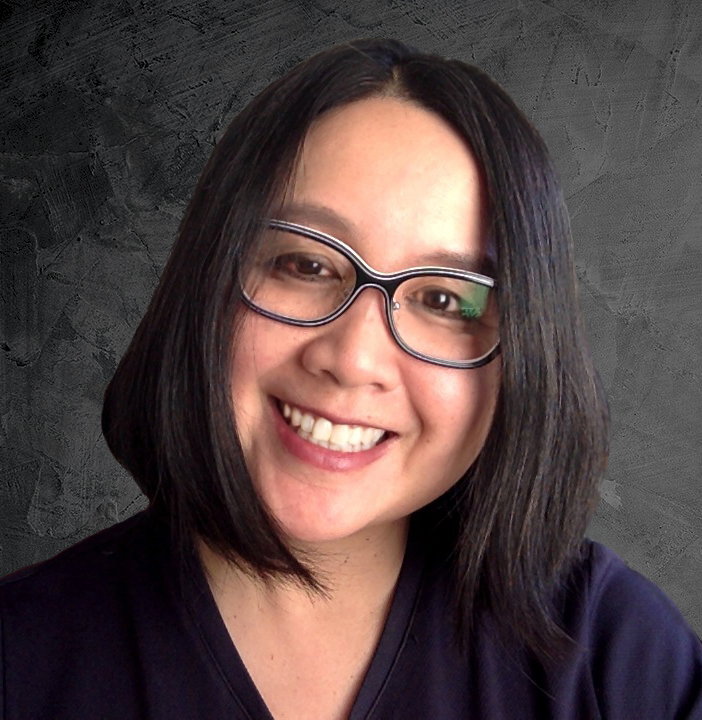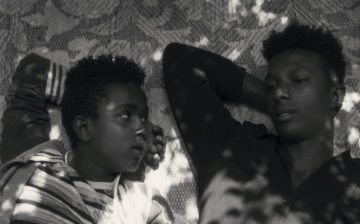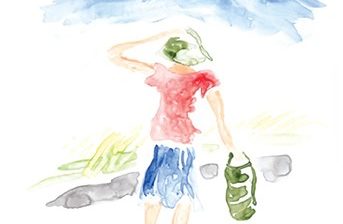Workshops
There are no available registration dates at this time.
NOTE: This class will be held in a live, online format using the Zoom platform
Class meets on Saturday from 1pm-4pm ET.
In this workshop, make your own cotton bookcloth to use in bookbinding and other art projects. With
basic supplies, you can make your own bookcloth for hard covers, boxes, and portfolios, and you can
also use them in collage work. Bookcloth is the best of two worlds. You get the durability of cloth and
the function of gluing on the paper backed side. There are endless possibilities with the large range of
fabric prints and solids available. Or use your own printed or hand painted cotton fabrics!
Come away with a set of three small bookcloths and the knowledge and experience to make large ones.
All skill levels welcome.
Materials for students to supply:
Note: We are making 1-3 sheets of bookcloth that are approximately 8×11”. After you have made this
size, you can move on after the workshop to make big sheets!
- Fabric. Three pieces that are 8×11”. Should be 100% cotton, washed, dry, and ironed. You can buy
fat quarters cotton that are approximately 18×21” and cut them down. You can use fabric remnants.
They should have minimum stretch (for example, do not use t-shirt fabric). The weave should be
tight. Do not use lace, gauze, or sheers. Printed or solid quilting fabrics are good. Something similar
to muslin quality or kona cotton or quality is also good. If you are familiar with store-bought
bookcloth, find a similar quality to that. There is a great variety of cotton prints out there! If you do
printmaking on cloth, you can try it! Make sure the ink does not bleed if fabric is dampened. If
possible, leave the selvedge edge (finished edge) attached to the fabric so you know the direction of
the straight grain of the fabric, which is parallel. - Backing paper. Use Asian brushpainting paper. Sumi Painting Paper Roll or Japanese Sketch Paper
9×12. I recommend the pad over the roll because it is flat. The pad also comes in 12-1/8″ × 18-1/8″.
Should be 45-71.5gsm. Or a sheet of mulberry paper is also good. The thinner it is, the harder it is to
handle. - Stencil brush. It is good to get one large one and one small one. If you get just one, get a large one.
- PVA glue 8 oz. Sobo craft glue works too, but the PVA is better quality.
- Water in a container. Filtered water or spring water to add to glue.
- Spray bottle with filtered or spring water.
- Hake brush or other wide brush. Wider (3 inches) is better. You can also use a flat bristle brush, but
the softness of the Hake brush is better. - Small container for glue. Make sure the container will fit the glue brush.
- Corrugated cardboard 14×16 or larger. Make sure it is flat and without creases (folds) or dents.
- X-Acto knife or other knife.
- A smooth, flat, non-porous, waterproof surface to work on that is larger than 14×16. Glass,
plexiglass, stone, or a Formica kitchen counter. - Optional: it is handy to have a pencil, a pair of scissors, a roll of blue painter’s tape, and a metal
straightedge ruler nearby.
Share This

Instructor: Irene Chan
Irene Chan is a multidisciplinary artist who works conceptually in print media, papermaking, installation, storytelling performance, and book arts on subjects of Taoism, personal immigrant narratives, and forgotten histories. Her books and works on paper have been exhibited internationally and held in 88 public collections including the Walker Art Center, The Fine Arts Museums of San Francisco, Tate Modern, Victoria & Albert Museum, and British Library in London. Chan established Ch’An Press through which she has self-published prints and 35 artist books to date.



